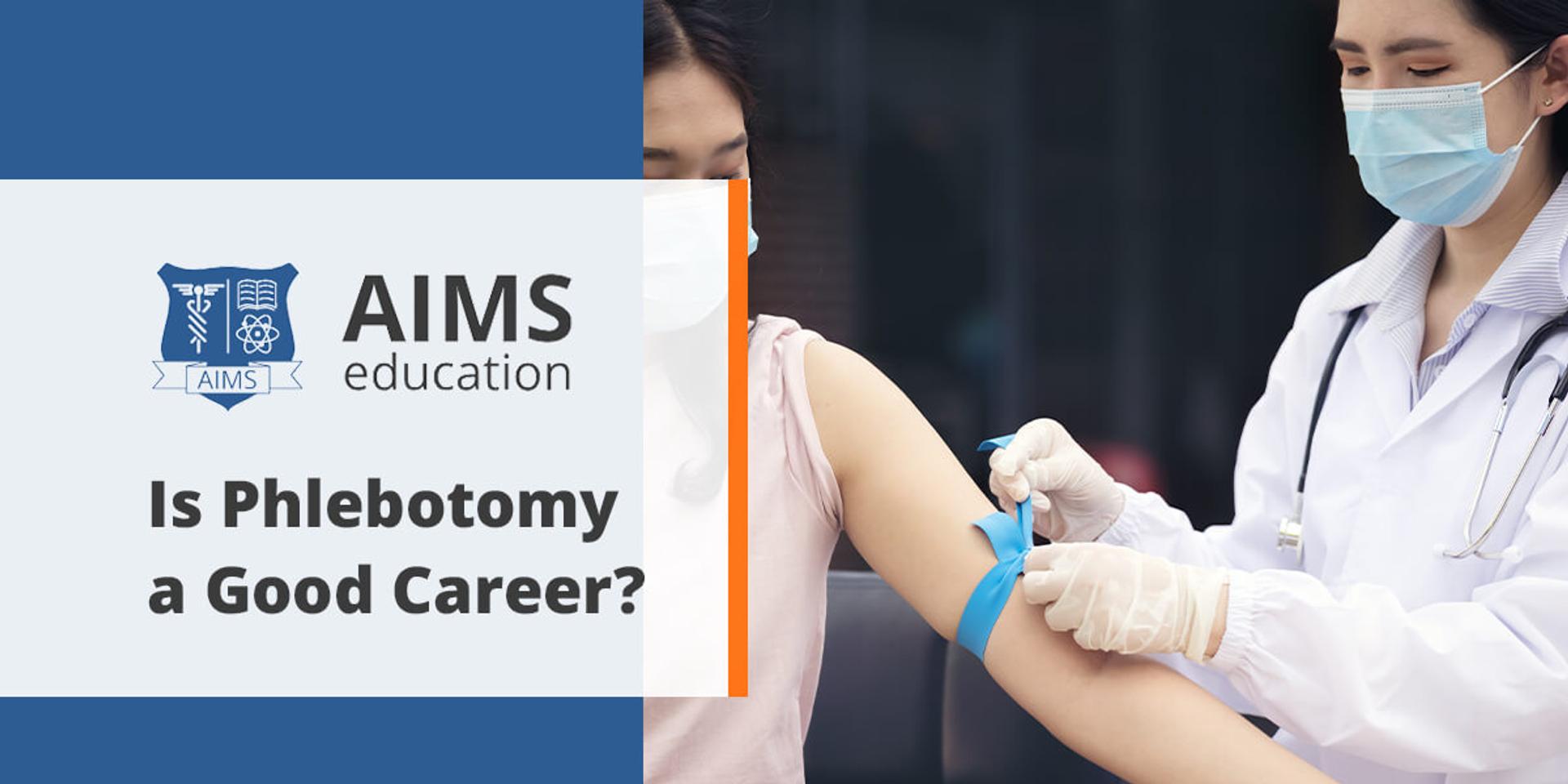Northeast Medical Institute - New Haven Campus Phlebotomy Course & Cna Class for Beginners
Northeast Medical Institute - New Haven Campus Phlebotomy Course & Cna Class for Beginners
Blog Article
Northeast Medical Institute - New Haven Campus Phlebotomy Course & Cna Class - The Facts
Table of ContentsOur Northeast Medical Institute - New Haven Campus Phlebotomy Course & Cna Class PDFs5 Easy Facts About Northeast Medical Institute - New Haven Campus Phlebotomy Course & Cna Class DescribedThe Northeast Medical Institute - New Haven Campus Phlebotomy Course & Cna Class StatementsAn Unbiased View of Northeast Medical Institute - New Haven Campus Phlebotomy Course & Cna ClassSome Known Incorrect Statements About Northeast Medical Institute - New Haven Campus Phlebotomy Course & Cna Class What Does Northeast Medical Institute - New Haven Campus Phlebotomy Course & Cna Class Do?
The use of such devices need to be gone along with by various other infection prevention and control techniques, and training in their usage.For setups with reduced sources, price is a driving consider purchase of safety-engineered gadgets - PCT Classes. Where safety-engineered gadgets are not available, proficient use a needle and syringe serves. Unintended exposure and certain details regarding a case should be tape-recorded in a register. Assistance solutions should be promoted for those that undergo unintentional direct exposure.
One of the important markers of high quality of treatment in phlebotomy is the participation and teamwork of the patient; this is mutually beneficial to both the wellness employee and the person. Clear details either created or spoken need to be offered to each patient who undertakes phlebotomy. Annex F provides sample text for describing the blood-sampling procedure to a client. In the blood-sampling space for an outpatient division or clinic, supply a comfortable reclining sofa with an arm remainder.
Some Known Details About Northeast Medical Institute - New Haven Campus Phlebotomy Course & Cna Class
Ensure that the indications for blood tasting are clearly specified, either in a written method or in recorded guidelines (e.g. in a research laboratory kind). In any way times, comply with the techniques for infection avoidance and control detailed in Table 2.2. Infection avoidance and control practices. Collect all the equipment required for the treatment and place it within secure and simple reach on a tray or trolley, guaranteeing that all the items are plainly noticeable.
Present yourself to the client, and ask the client to specify their full name. Examine that the laboratory form matches the client's identification (i.e. match the individual's information with the lab kind, to guarantee precise identification).
Make the patient comfy in a supine position (if feasible). Area a clean paper or towel under the client's arm. Go over the examination to be executed (see Annex F) and obtain spoken consent. The client has a right to decline a test any time prior to the blood tasting, so it is very important to make sure that the individual has actually recognized the treatment.
The Northeast Medical Institute - New Haven Campus Phlebotomy Course & Cna Class Diaries
Prolong the client's arm and check the antecubital fossa or lower arm. Situate a capillary of an excellent dimension that shows up, straight and clear. The layout in Area 2.3, reveals common placements of the vessels, however numerous variants are feasible. The median cubital blood vessel exists in between muscular tissues and is normally one of the most very easy to puncture.
DO NOT insert the needle where blood vessels are drawing away, due to the fact that this boosts the chance of a haematoma. Finding the blood vessel will assist in establishing the correct size of needle.
Haemolysis, contamination and presence of intravenous liquid and medicine can all alter the results (39. Nursing team and physicians may access main venous lines for samplings following protocols. Specimens from main lines carry a threat of contamination or wrong laboratory test results. It is appropriate, however not excellent, to draw blood samplings when first introducing an in-dwelling venous gadget, prior to connecting the cannula to the intravenous fluids.
10 Simple Techniques For Northeast Medical Institute - New Haven Campus Phlebotomy Course & Cna Class
Failing to permit sufficient contact time raises the threat of contamination. DO NOT touch the cleaned website; in particular, DO NOT put a finger over the capillary to guide the shaft of the revealed needle.
Ask the individual to develop a fist so the capillaries are extra popular. Go into the blood vessel quickly at a 30 degree angle or much less, and remain to present the needle along the capillary at the most convenient angle of entrance - PCT Courses. When enough blood has actually been gathered, launch the tourniquet prior to withdrawing the needle
Northeast Medical Institute - New Haven Campus Phlebotomy Course & Cna Class for Dummies
Withdraw the needle gently and use mild pressure to the website with a tidy gauze or completely dry cotton-wool ball. Ask the individual to hold the gauze or cotton woollen in position, with the arm expanded and increased. Ask the individual NOT to flex the arm, since doing so creates a haematoma.

The Only Guide to Northeast Medical Institute - New Haven Campus Phlebotomy Course & Cna Class
Do not press the syringe plunger because get more extra stress boosts the risk of haemolysis. Where possible, maintain the tubes in a rack and move the shelf in the direction of you. Inject downwards into the suitable coloured stopper. DO NOT eliminate the stopper because it will release the vacuum. If the sample tube does not have a rubber stopper, inject very slowly right into the tube as reducing the stress and velocity used to move the sampling minimizes the risk of haemolysis.

Report this page